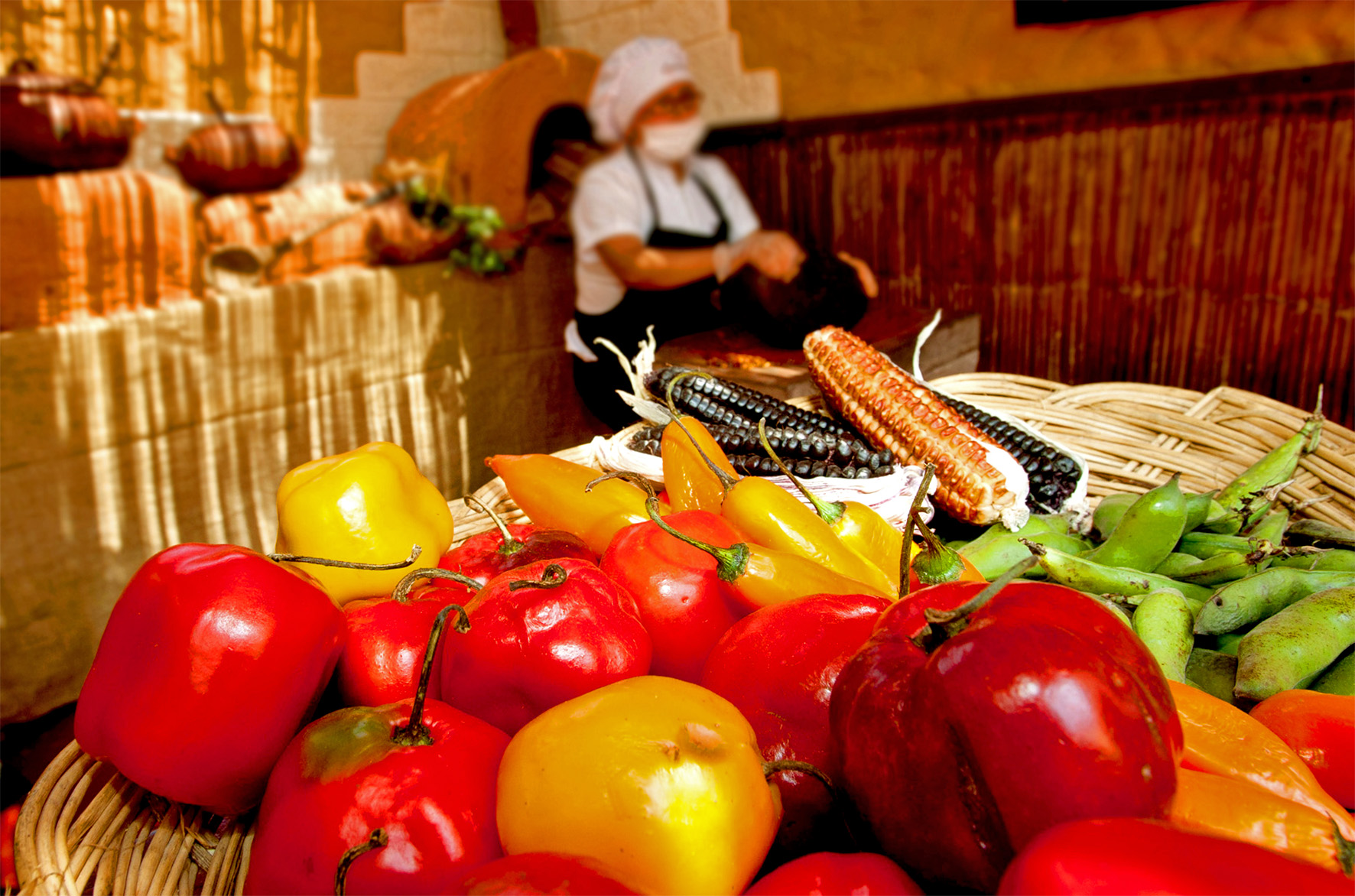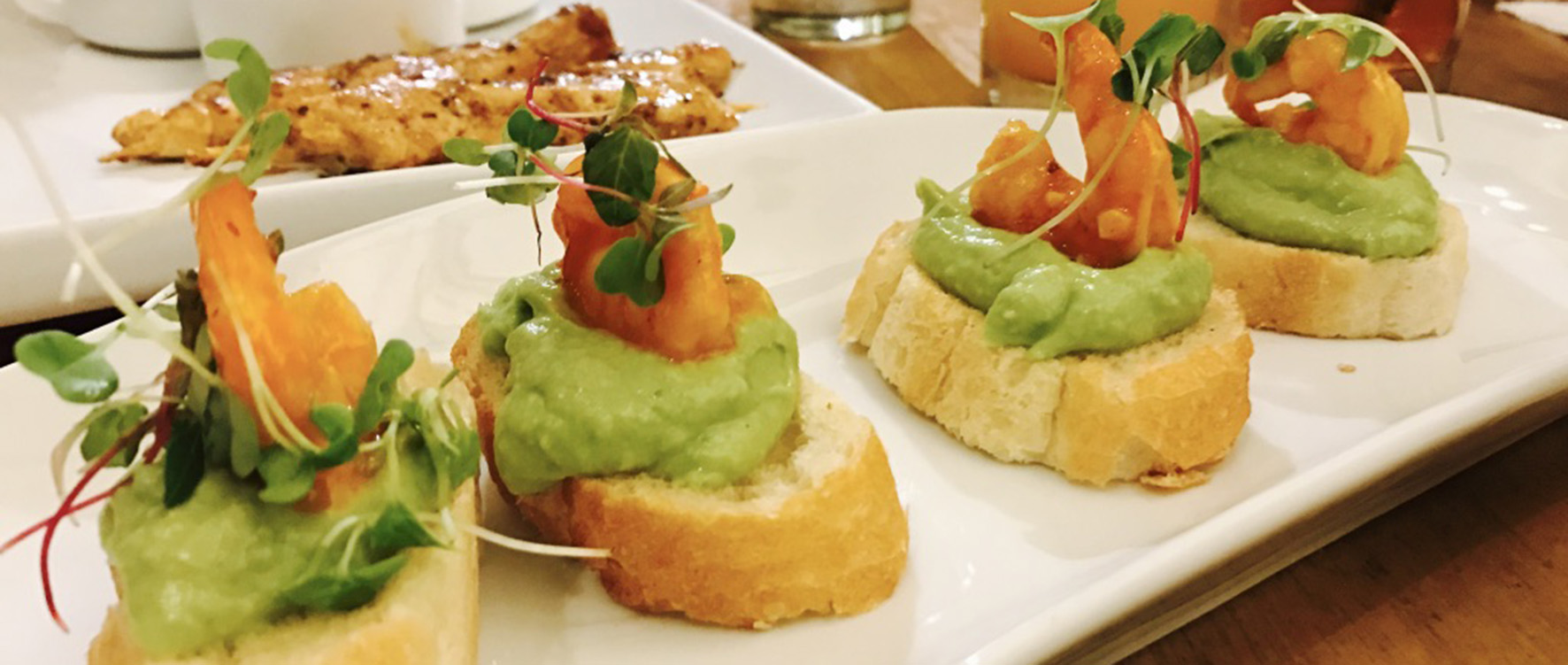

Pisco is Peru’s national drink and liquor so versatile that can be drunk alone or mixed with fruits from which we make amazing “Pisco Martinis”. You will learn to prepare these new, trendy pisco-based drinks with exotic fruits in addition to the traditional Pisco Sour. Tasting good Pisco is like tasting wine, you will be able to learn about the different grapes and grape combinations that are used in the preparation of Pisco through a guided tasting by an expert sommelier. In this class, our sommelier will teach you about the history of Pisco, how it is distilled and the 4 varieties of Pisco and the different tastes and uses of each. Our Chef will also prepare fusion dishes, which can be served with the Piscos to enhance the culinary experience. Each dish will be presented with an explanation of why that dish should be served with a particular Pisco.

This is a special City Tour made especially for those who want to discover a different face of Downtown Lima. We will walk along the main attractions such as San Francisco Church, the Main Square and Plaza San Martin. In between we will stop at the most famous bars of downtown Lima where we will taste different drinks and have different experiences in each one. We will first discover the “Bar Cordano”, founded in the early 20th century by Italians where we will have a typical sandwich as a snack, and then we will visit the “Bar Maury”, where the Pisco Sour was invented. Finally, we will visit “El Bolivarcito” where you can try one of the best Pisco Sours in Lima. Which one is better? You will decide! This activity will finish with a lunch at Chinatown in a Chifa. This is the most important example of fusion that Peruvian culinary has gone through. Recipes are prepared with Chinese techniques but includes many Peruvian ingredients.

Our chefs will teach you the quintessential basics of Peruvian Cuisine. You will learn how to prepare Peru’s staple dishes and afterwards you will enjoy a full tasting of these traditional Peruvian dishes accompanied by a tasting of the best Peruvian Wines. Demonstration class and lunch will offer an opportunity to taste the many dishes you learned to prepare during this class, such as Lomo Saltado, Causa Limeña, Suspiro a la Limeña. The class includes Cooking Set and Recipes. In this class you will learn from our chefs how to prepare the classic Peruvian dishes, which are popular in Peruvian homes and restaurants around the world. From selecting the ingredients to actually preparing the dishes, this class will teach you the best of the popular local fare.

In Lima, whoever is at home at the time, is invited to share a light meal or “lonche”as we called it. Lonche can last for quite a long time as the conversation flows. Choices for Lonche usually include breads, sandwiches, juices, pastries or desserts. In the Demonstration option, our Chefs will teach you how to prepare Lima’s favorite “lonche” choices and afterwards you will taste them. In the hands-on class option, our Chefs will teach you how to prepare the dishes, you will have an opportunity to do it yourself and taste them.

You will spend the morning learning how to make a traditional ceviche and a Tiradito. In the Demonstration option, our Chefs will teach you how to prepare these dishes and afterwards you will taste them. In the hands-on class option, our Chefs will teach you how to prepare the dish and you will then have the opportunity to do it yourself under the direction of our chef and to taste the dish at the end of the class. You will learn the basic techniques to make a delicious ceviche Peruvian-style.

At the Hacienda Huayoccari, owned by Jose Ignacio Lambarri who will share with us his family art collection or colonial art gathered over half a century. Lunch at the hacienda is made from fresh products from the plantation. The current inhabitant of the house, the Lambarri-Oriehuela family will be your host. Ana Maria Lambarri is the Chef. In this visit you will learn, touch and taste some of the main vegetables farmed in this area. You will then learn about the unique ways that the Chefs use the great variety of special natural products including an endless variety of potatoes and other delicious vegetables.

Cusco was the capital of the Inca Empire and therefore its cuisine inherited a huge amount of culture. Cusquenian cuisine not only uses ingredients used in Inca’s times but also these ingredients are farmed and stored in the same way that the Incas used to do it. All these techniques have passed from generation to generation and now are part of the culture. This class will give you the overview of a typical Cusquenian lunch. You will learn how to prepare dishes that includes basic Andean ingredients and uses old techniques.

A dry rock-free piece of land is chosen. A pit, one meter in diameter, is dug out. Thoroughly cleaned stones are placed in the pit to cover the bottom, and others are put around it. Firewood is lit in the middle. It must be kept burning for two or three hours. Afterwards, the ashes and coals are brushed aside with a shovel. A lamb or a baby goat (or both), previously seasoned and wrapped in banana leaves filled with stuffed birds, corn on the cob, etc, is set in the middle bed of the pit. Then sweet potatoes, yuccas, potatoes, one or two goat cheeses also wrapped in banana leaves are added; and an air-tight clay pot containing drumsticks, salted rice, peppers and the fat needed to cook can even be placed in with vegetables. Everything is covered with banana leaves; preferably the driest available and heated stones are shoveled on top to totally seal the Pachamanca. Finally, everything is immediately covered with earth. This experience will give you a hand on class on how to make a Pachamanca. You will learn the basics technique for heating the stones as well as specific times for each ingredient.

This activity is focused on the coffee world and how it merges with the sweet and bitter world of chocolate. You will learn more on different kinds of coffee and techniques used to prepare an espresso or a creamy cappuccino, as well as how the aroma of the coffee combines with a specific chocolate rather than another in a game of textures and flavors. In this opportunity you will try different types of coffee from the Peruvian jungle, the coast and the central region of the country, as well as chocolates from the jungle and from Peruvian coast, internationally recognized. You will encounter new special flavors that will make this culinary experience a unique one.

Pairing wine and chocolate is a match made in heaven for the foodie and wine connoisseur wrapped in one. Just as with wine, chocolate presents a complexity of flavors and textures, with the potential for subtle changes with each new batch of chocolate. When we think about chocolate we always make reference to happiness and pleasure. There are thousands of myths related to wine and chocolate. Do they combine? They are myths! There are few better pleasures than try a great chocolate with the right wine. To find the exact point of combination, union and communication between the two elements is our mission. We will try to connect the bitter and texture of the wine with the sweet and sour taste of the fruit components of the chocolate. These seductive alliances based on contrasts are extremely charming and we will explore both products trying to find a perfect combination between Peruvian chocolate and several kinds of wine. During this tasting you will have the opportunity to try chocolates from the jungle and from Peruvian coast, which have been internationally recognized by the experts in the industry.



